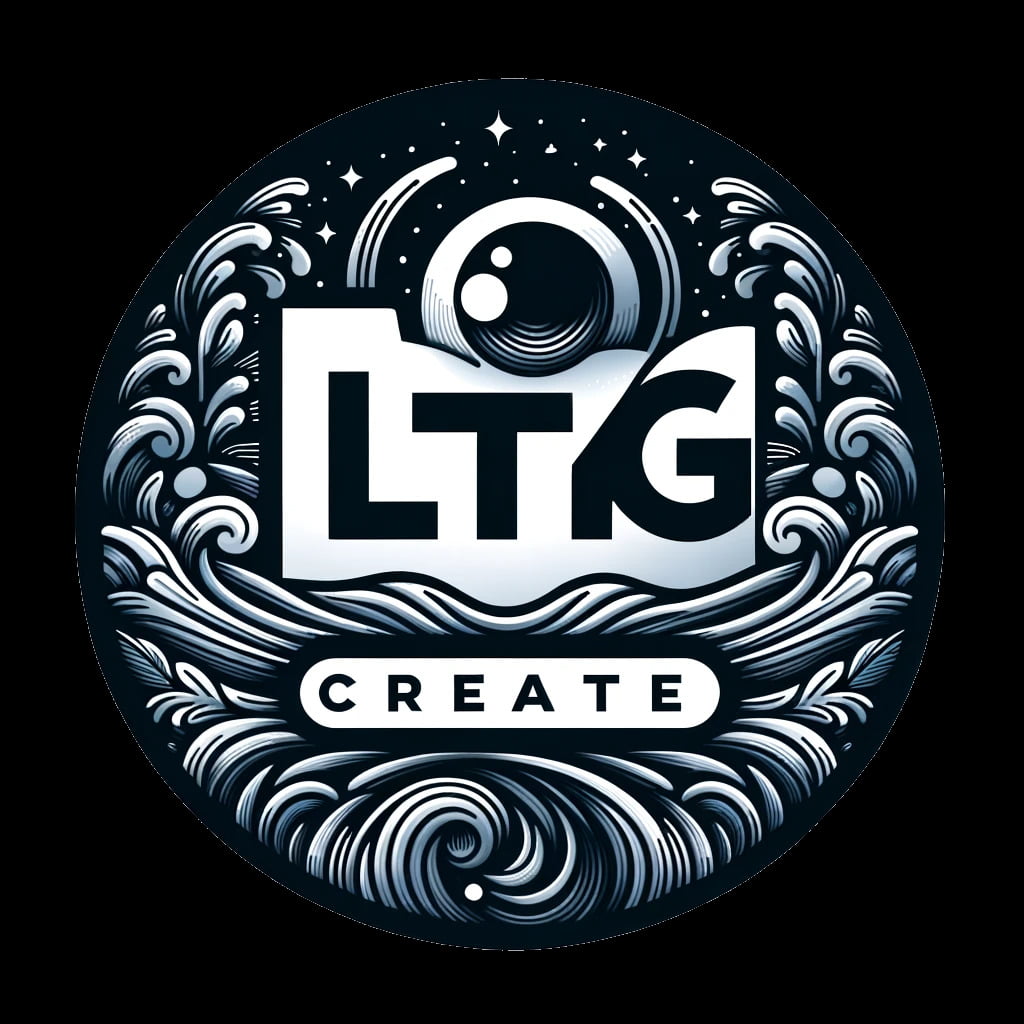
In the dynamic world of Customer Relationship Management (CRM), the clarity and precision of your goals can be the difference between success and stagnation. Building upon "Understanding CRM: A Beginner's Guide" this article delves into the essential process of setting and aligning your CRM objectives with your business strategy, a crucial step towards sustainable growth and success.
Understanding the Role of CRM in Your Business
CRM is more than a tech solution; it's a strategic framework intimately tied to your business goals. Whether it's enhancing customer engagement, streamlining sales, or elevating customer service, CRM should work hand-in-hand with your business strategy, each aspect enriching and supporting the other.
Step 1: Assessing Your Business Needs
A comprehensive needs assessment is your starting point. Identify where CRM can be most beneficial in your business. Examine your sales cycle, customer service protocols, and marketing tactics. Pinpoint bottlenecks and opportunities for better data utilization. This analysis will form the backbone of your CRM strategy.
Step 2: Defining Clear and Measurable Goals
Utilize the SMART framework to crystallize your CRM objectives. Move beyond nebulous aims to concrete targets like "boost customer retention rates by 10% within a year." Such clear, quantifiable goals provide direction and a means to gauge success.
Step 3: Aligning CRM Goals with Customer Needs
Ensure your CRM goals mirror your customers' needs and expectations. Leverage your CRM system to gain insights into customer behaviors and preferences, and tailor your strategy to meet these needs effectively.
Step 4: Involving Stakeholders in Goal Setting
Collaboration is key. Engage different departments – sales, marketing, customer service – in the goal-setting process. Their insights will inform a CRM strategy that's both comprehensive and widely supported.
Step 5: Setting Short-Term and Long-Term Goals
Find the right balance between immediate achievements and long-term aspirations. While short-term goals can provide quick wins, long-term objectives are essential for sustained progress and market share growth.
Step 6: Monitoring and Adjusting Goals
Remember, setting goals is just the beginning. Continuously monitor your progress and stay flexible, adapting your goals to meet evolving challenges and opportunities.
Setting and continually refining your CRM goals is a dynamic and crucial process. Stay engaged, adapt as needed, and watch your CRM system become a cornerstone of achieving your business goals.
